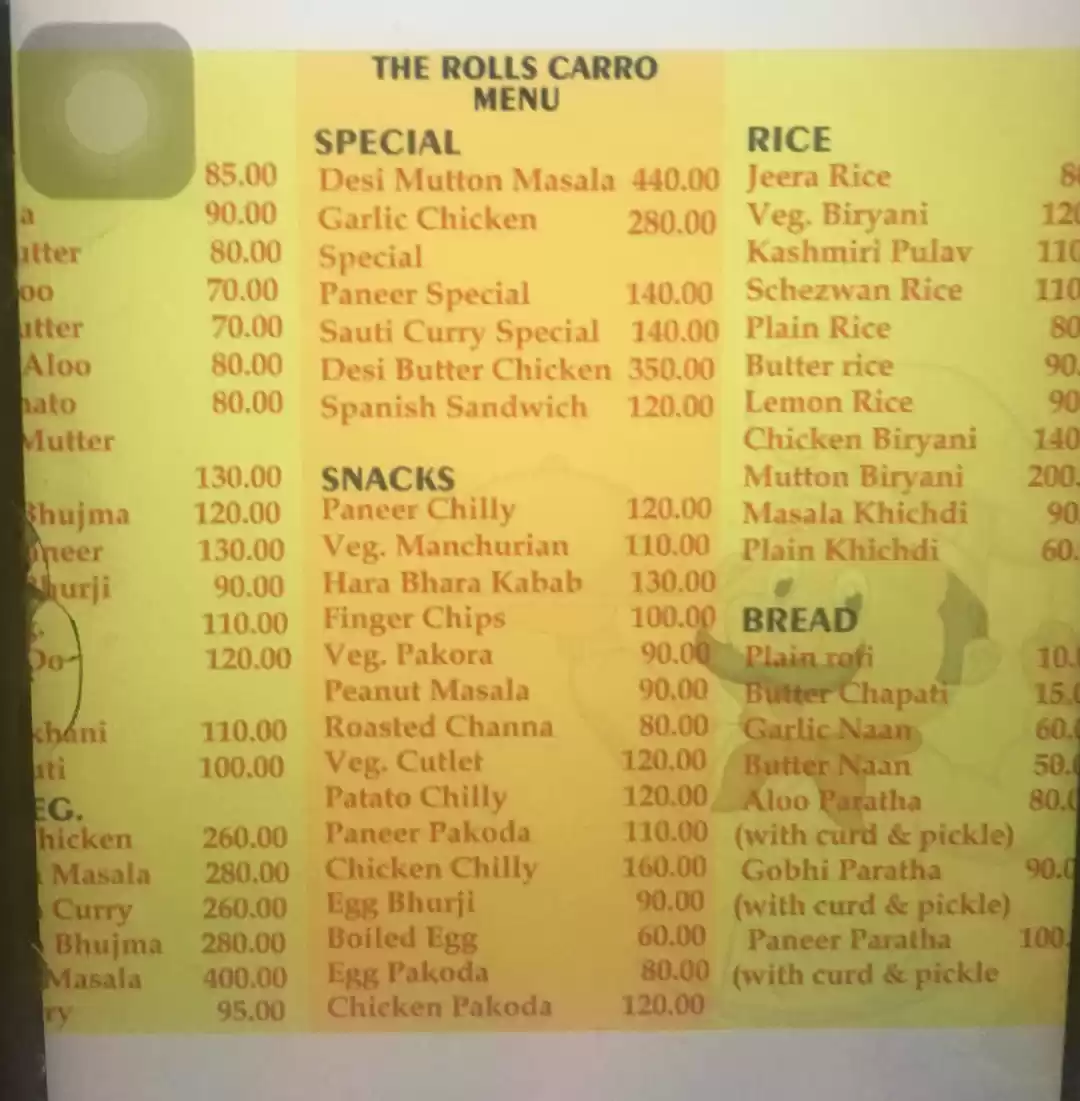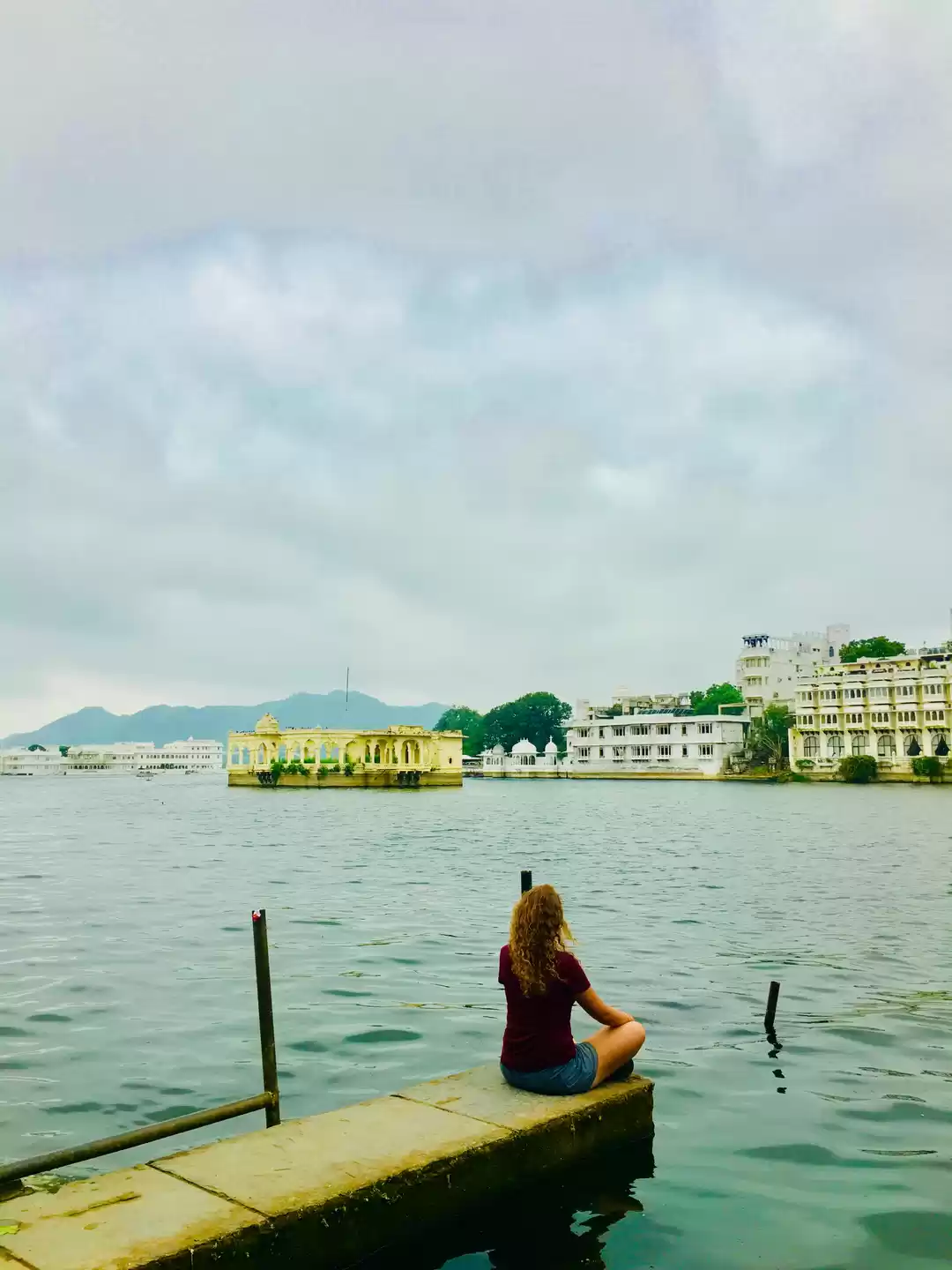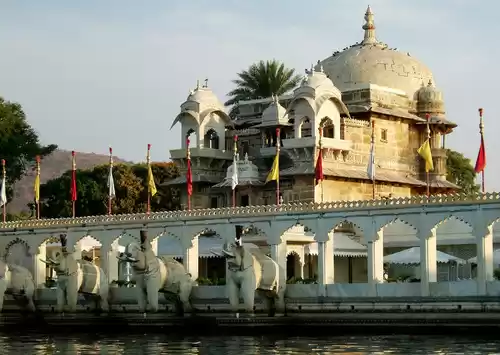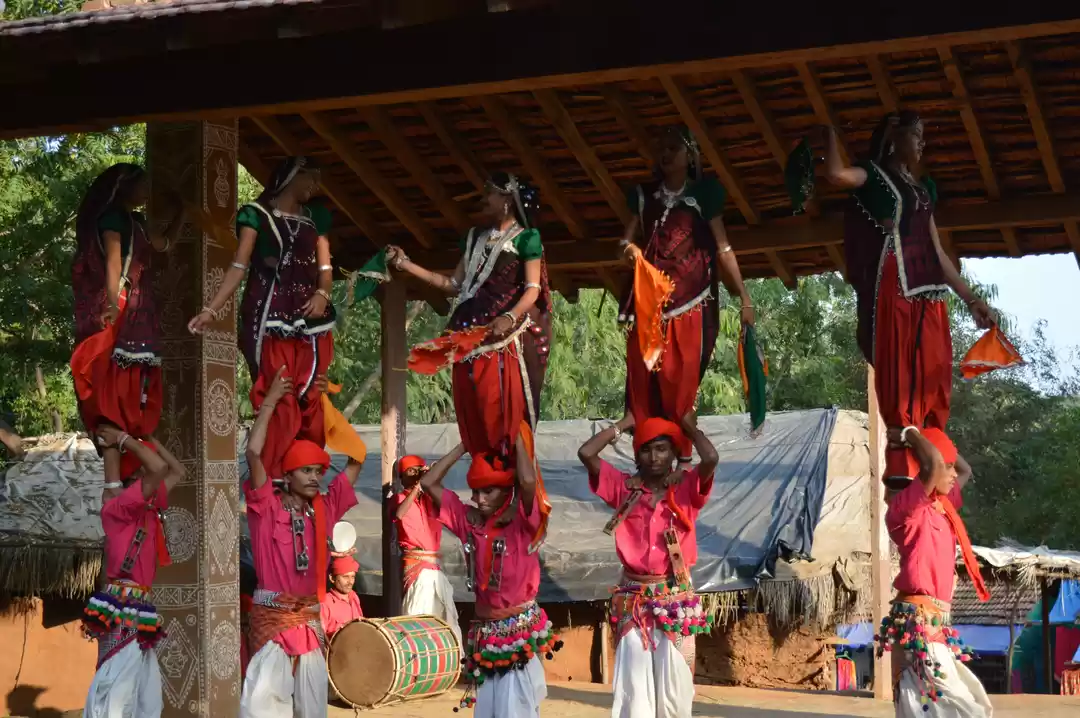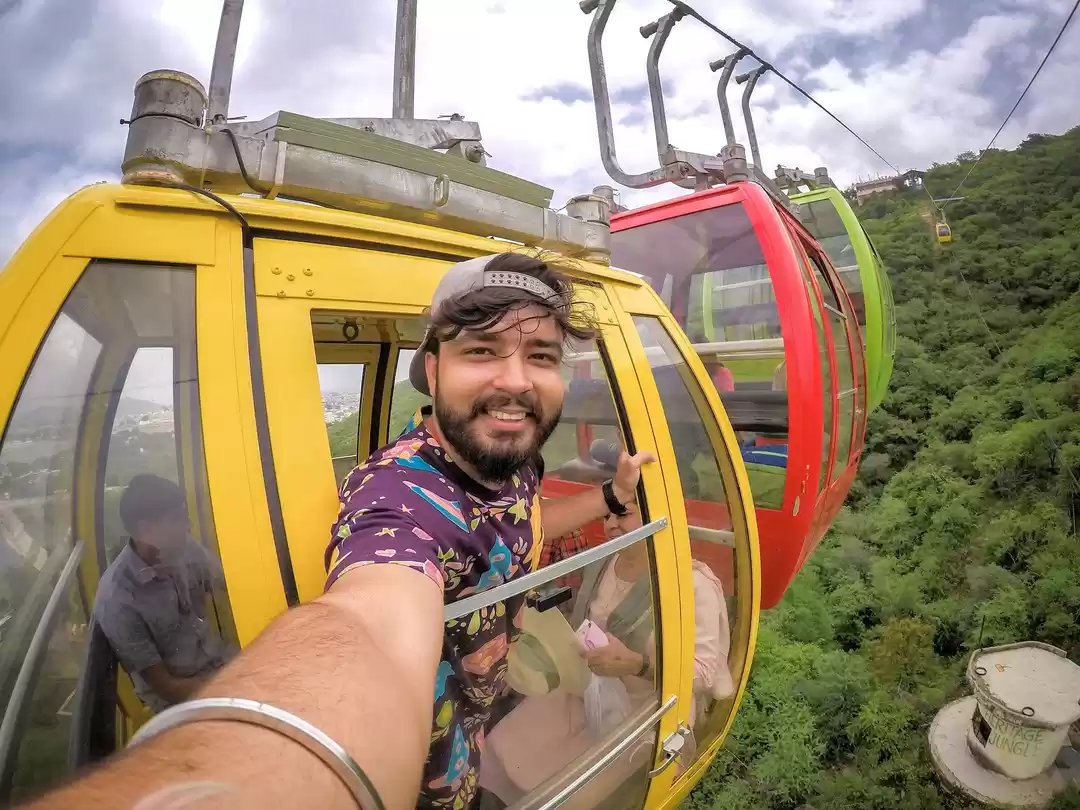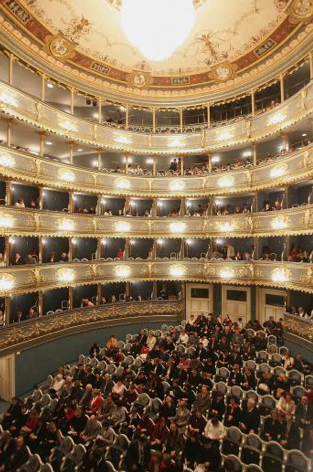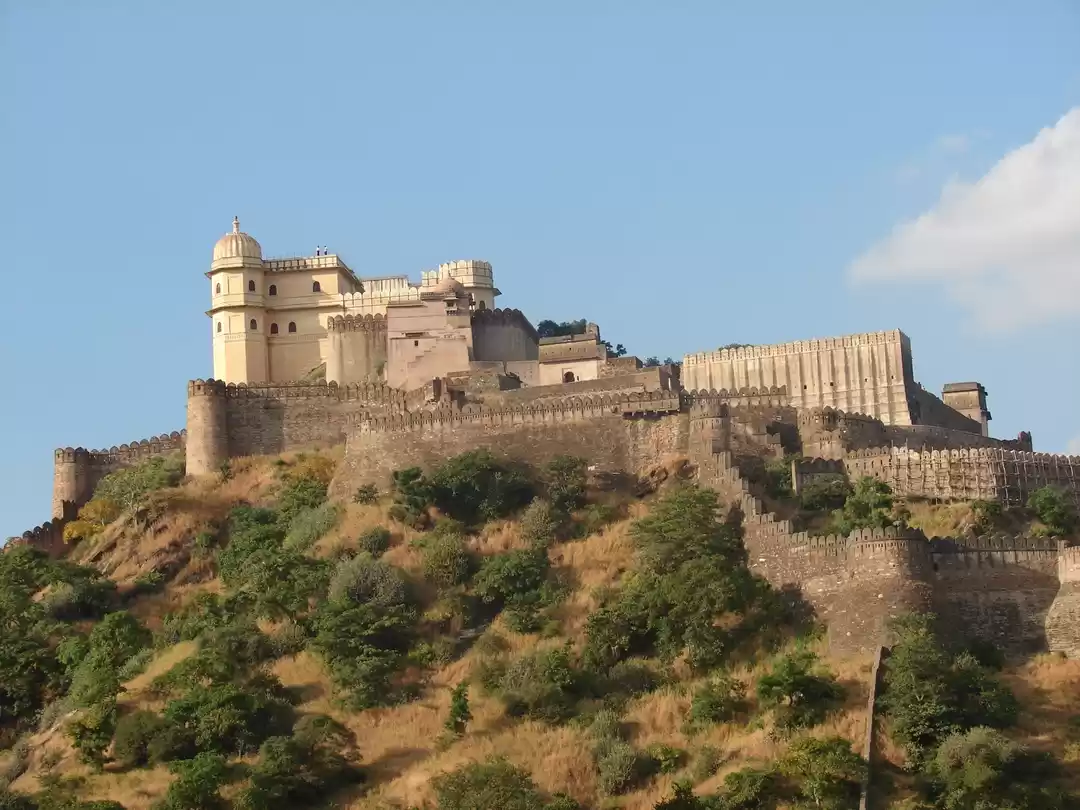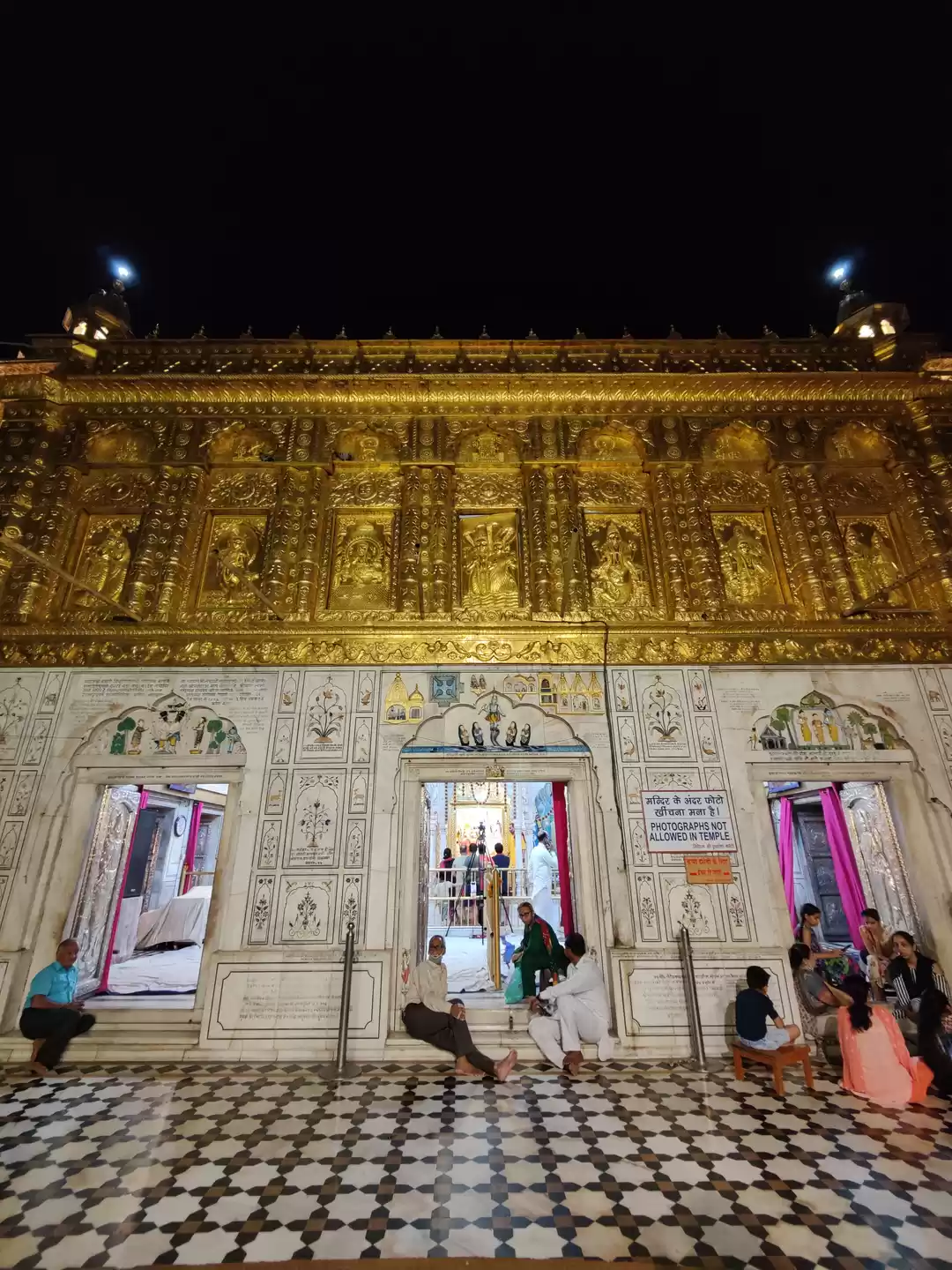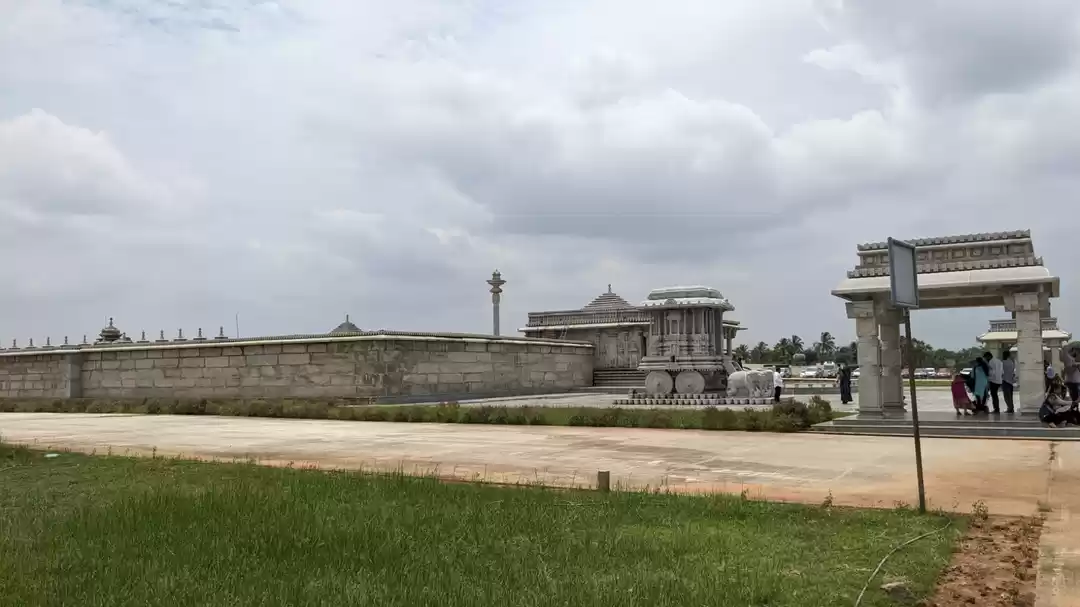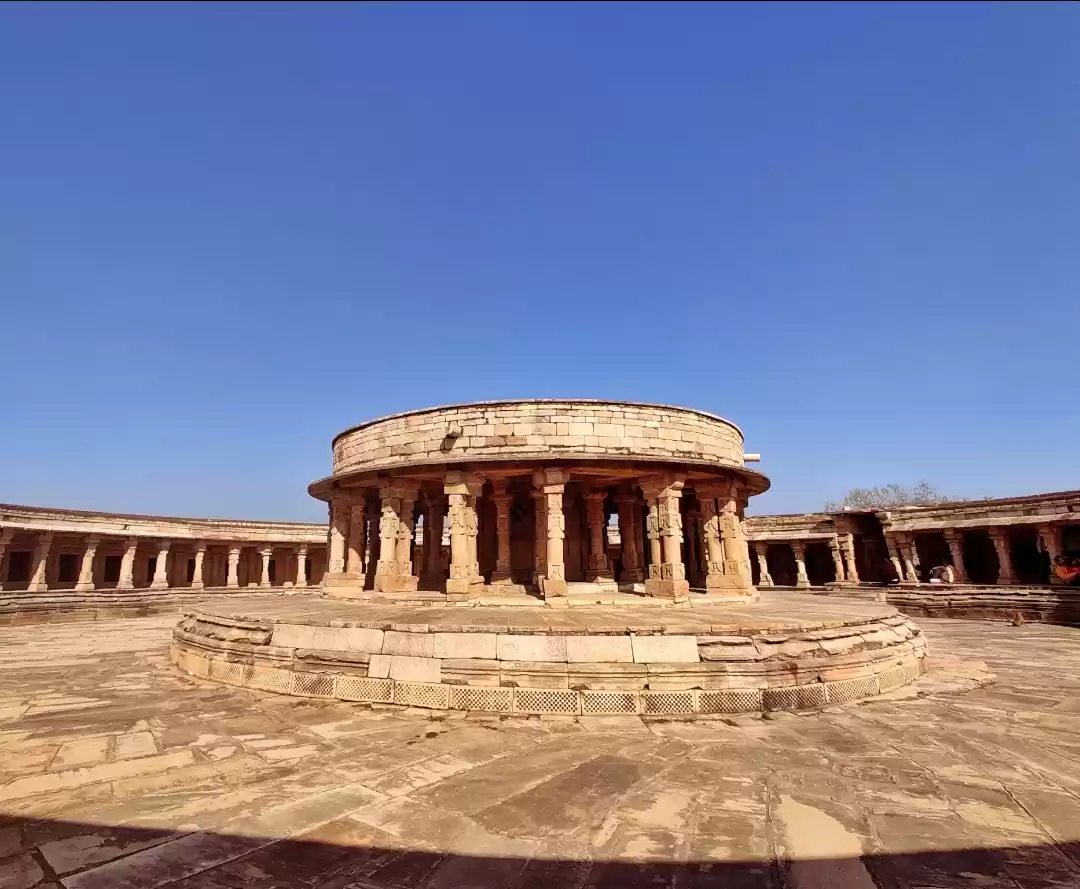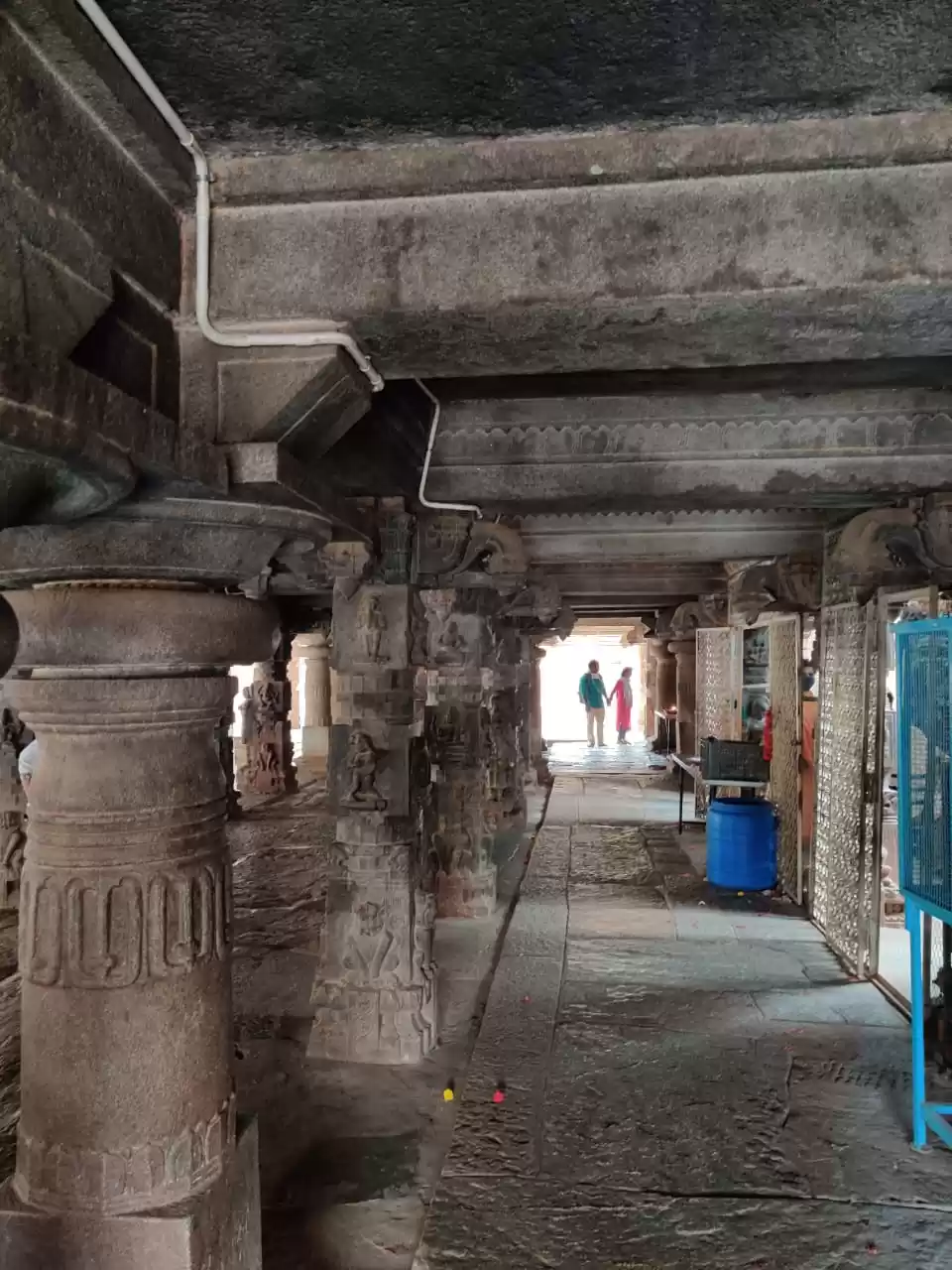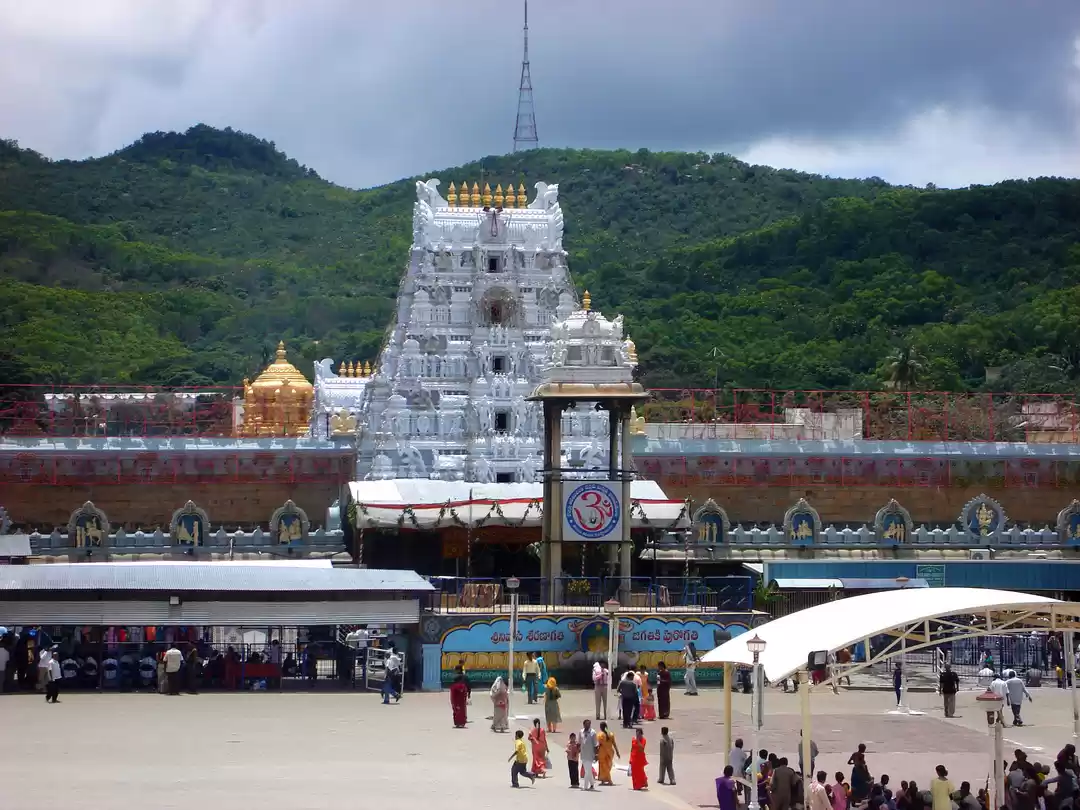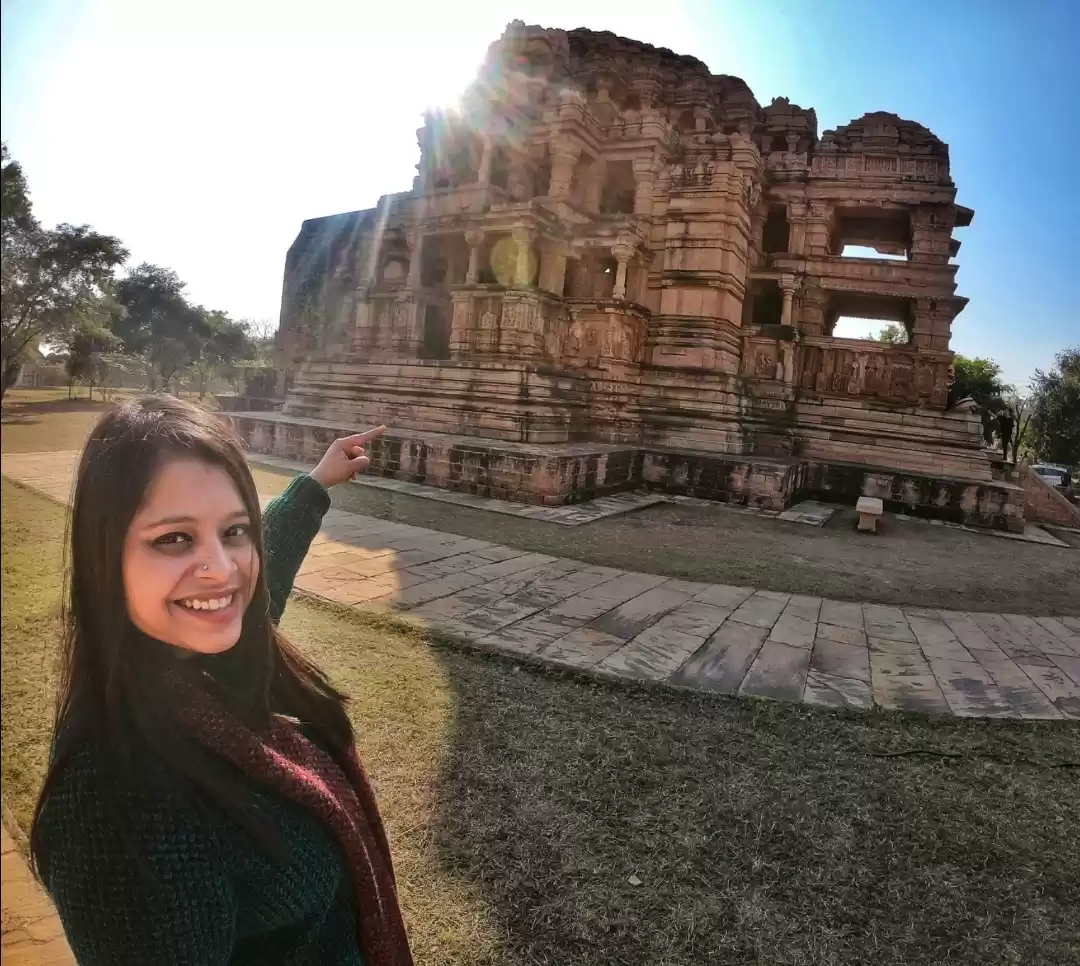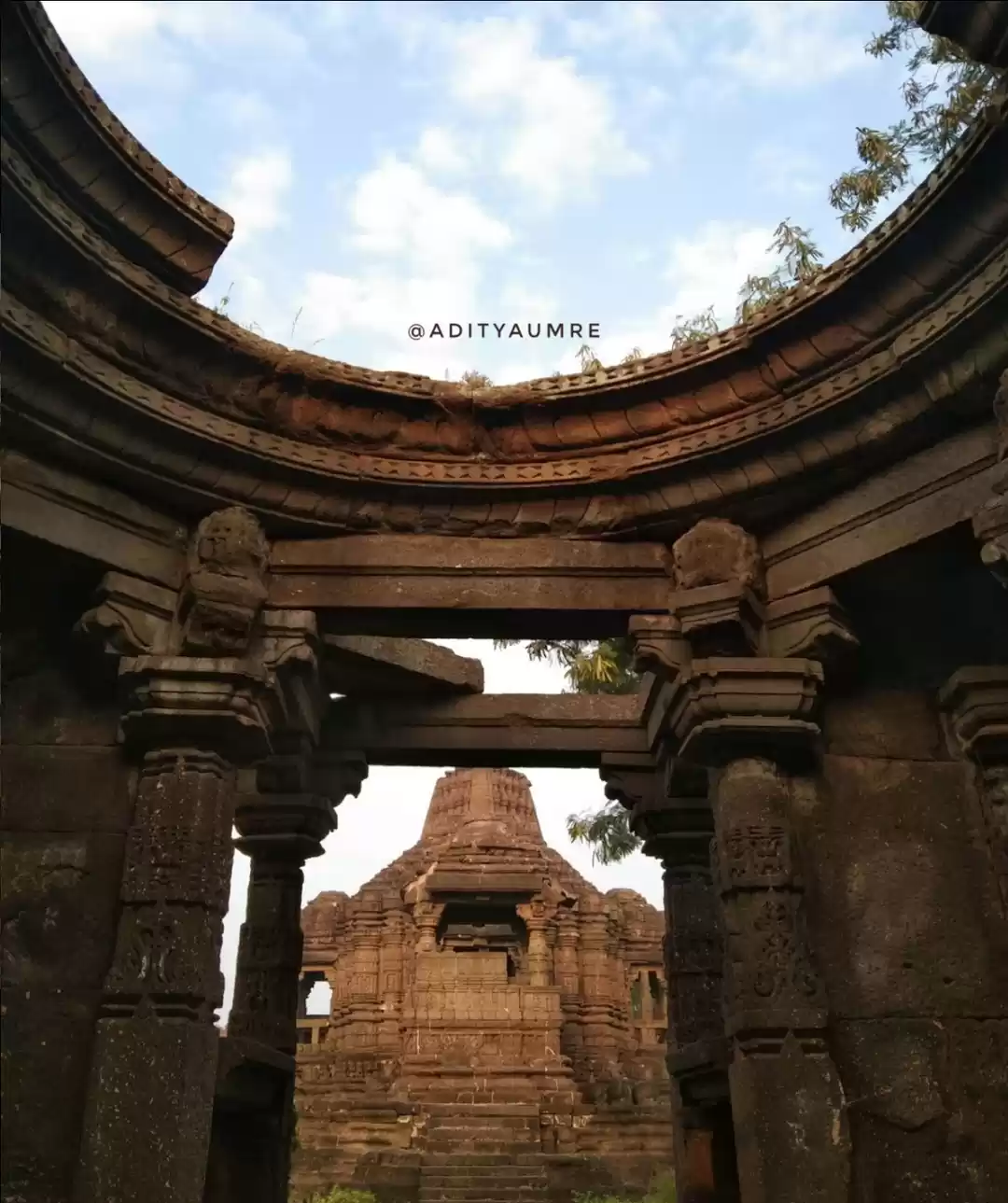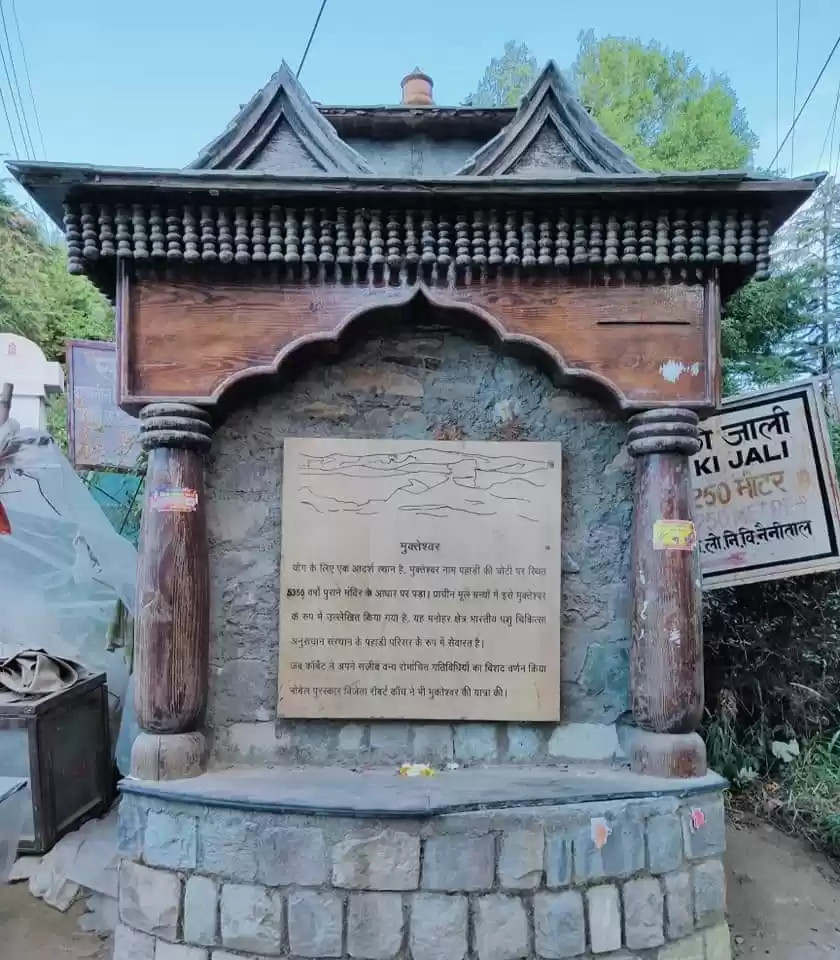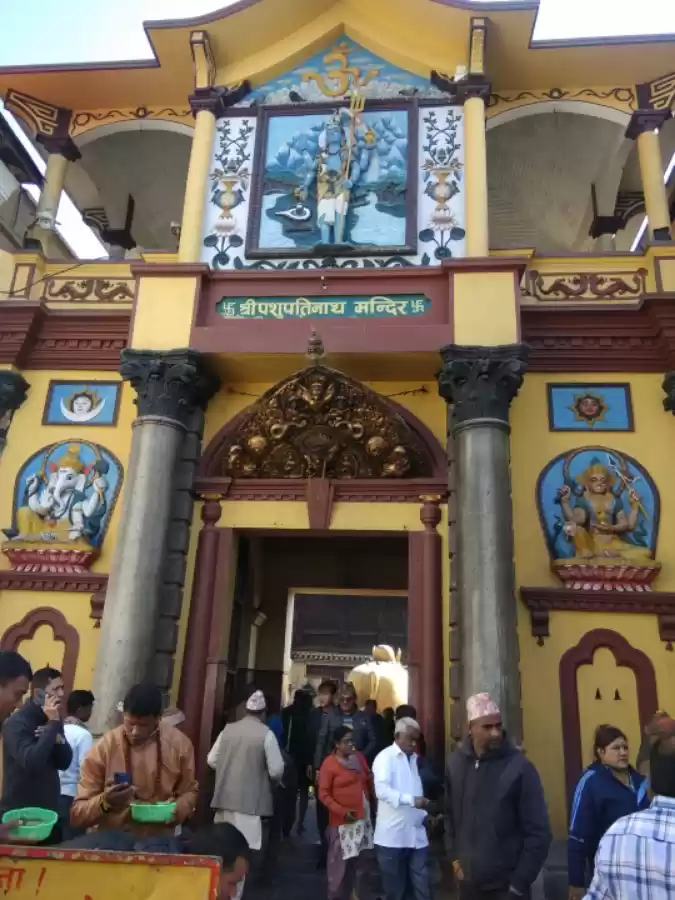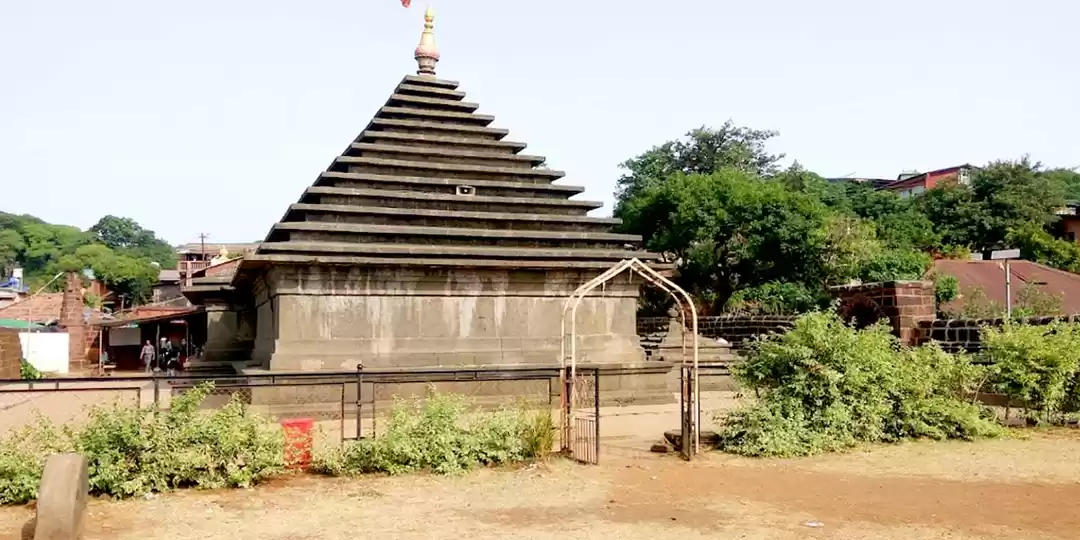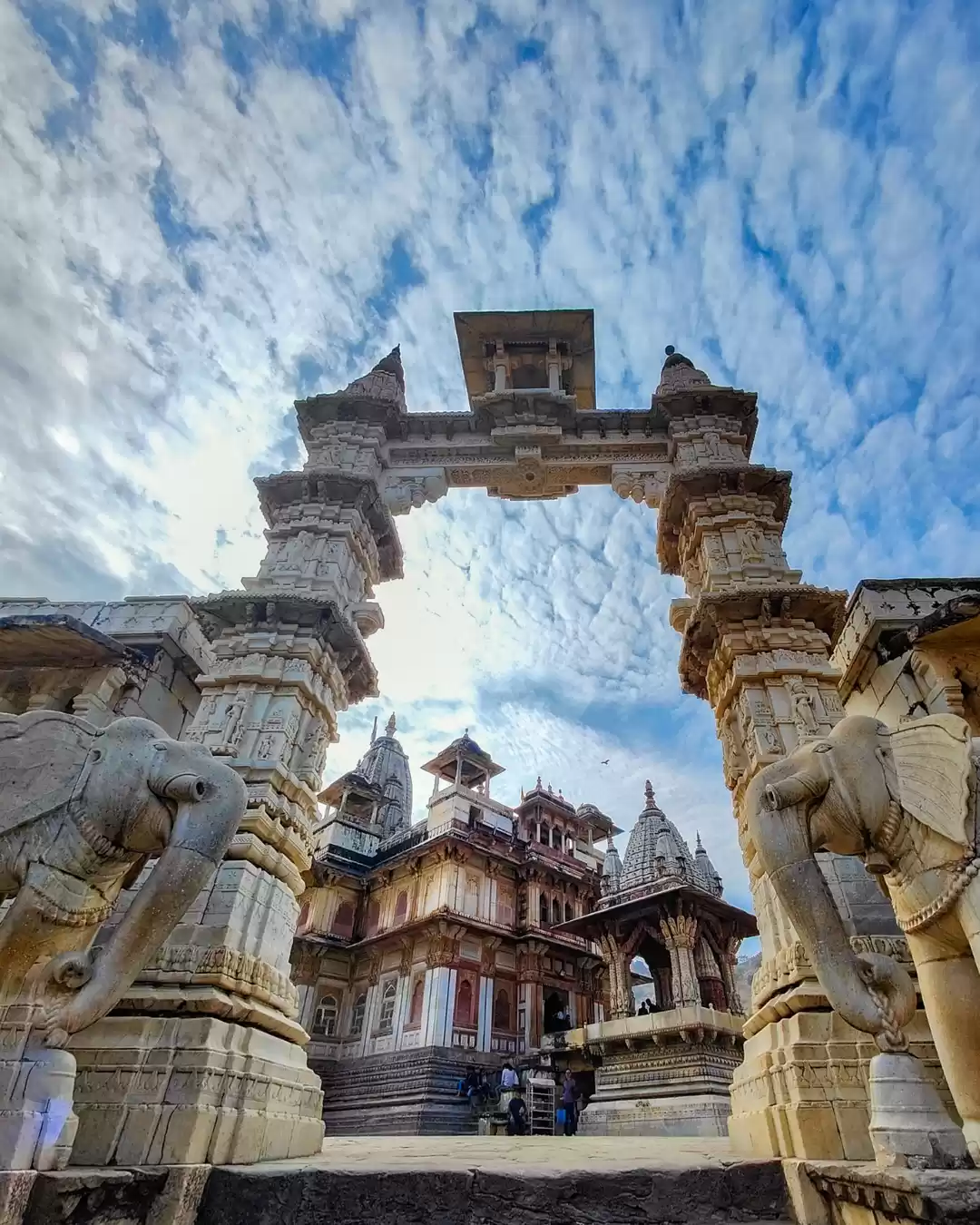Have you ever wondered what it would be like to visit a temple that is more than 300 years old and houses one of the most precious idols of Lord Krishna? If yes, then you should definitely plan a trip to Shrinathji Temple Nathdwara, one of the most sacred and spectacular temples in India.
Located in the town of Nathdwara, about 48 km from Udaipur in Rajasthan, Shrinathji Temple is dedicated to Shrinathji, a form of Lord Krishna as a seven-year-old child lifting Govardhan hill. The temple is also known as Haveli of Shrinathji or Nanda Bhavan, as it resembles a palace rather than a temple.
Shrinathji Temple is not only a place of worship but also a cultural and artistic hub that attracts millions of devotees and tourists every year. The temple is famous for its rich history, magnificent architecture, exquisite paintings, intricate sculptures, lavish decorations, and vibrant festivals.
If you are curious to know more about this divine abode of Lord Krishna, then read on. In this article, we will provide you with a complete guide to Shrinathji Temple Nathdwara, covering its history, significance, features, timings, and how to reach. We will also share some tips and precautions for visiting the temple and making the most of your experience.
History and Significance of Shrinathji Temple
The history of Shrinathji Temple dates back to the 17th century when India was under the rule of the Mughal emperor Aurangzeb. Aurangzeb was notorious for his intolerance towards other religions and his attempts to destroy Hindu temples and idols.

To protect the idol of Shrinathji from Aurangzeb’s invasion, the priests of Vrindavan decided to transport it to a safer place. They chose Nathdwara as their destination, as it was under the protection of Rana Raj Singh, the ruler of Mewar.
According to legend, when the cart carrying the idol reached Nathdwara, it got stuck in the mud and could not move further. The priests took this as a divine sign that Shrinathji wanted to stay there. They then built a temple at the spot where the cart got stuck and installed the idol there.
Another legend associated with the temple is that of Meera Bai, a devotee of Lord Krishna who lived in Chittor. Meera Bai was married to Rana Kumbha, but she was not interested in worldly affairs. She spent her time singing and dancing in praise of Lord Krishna.
One day, she asked Lord Krishna to come with her to Chittor. Lord Krishna agreed and appeared before her in the form of Shrinathji. He then accompanied her to Chittor and stayed there for some time. Later, he returned to Nathdwara and resumed his place in the temple.
Shrinathji Temple is considered as one of the richest temples in India and one of the must include places in Udaipur trip. The temple is revered by the followers of Pushtimarg, a sect of Vaishnavism that was founded by Vallabhacharya, a 16th-century saint who discovered the idol of Shrinathji in Vrindavan.
The temple is also significant for its cultural and artistic contributions. The temple is known for its Pichwai paintings, which are cloth paintings that depict scenes from Lord Krishna’s life. The temple is also known for its Nathdwara paintings, which are miniature paintings that portray various aspects of Shrinathji’s personality.
You may also like to read: Udaipur and shreenathji in two days
Features and Attractions of Shrinathji Temple
The idol of Shrinathji is the main attraction of the temple. The idol is made of black marble and depicts Lord Krishna as a seven-year-old child lifting Govardhan hill with his left hand. The idol is adorned with different dresses and accessories every day according to the season and occasion.
The idol is surrounded by images of animals and birds that symbolize different qualities. For example, cow represents earth, lion represents power, peacock represents beauty, parrot represents speech, swan represents knowledge, etc.

The temple complex consists of various sections and elements that add to its beauty and charm. Some of them are:
Main Shrine: The main shrine is where the idol of Shrinathji is placed. The main shrine is also called Nij Mandir or Moti Mahal. The main shrine has a silver-plated door that is opened and closed at different times of the day for darshan.
Food Prasad: The food Prasad is the offering of food to Shrinathji. The food Prasad is prepared by the priests in a large kitchen called Rasoighar. The food Prasad consists of various dishes that are made according to Shrinathji’s preferences and mood. The food Prasad is distributed to the devotees after darshan.
Priests’ Lodges: The priests’ lodges are the residences of the priests who serve Shrinathji. The priests’ lodges are also called Baithaks or Chhatris. The priests’ lodges are decorated with paintings and sculptures that depict the life and teachings of Vallabhacharya and his descendants.
Paintings and Sculptures: The paintings and sculptures are the artistic expressions of the devotion and love for Shrinathji. The paintings and sculptures are made of various materials such as cloth, paper, wood, metal, stone, etc. The paintings and sculptures are displayed in various parts of the temple complex such as the main shrine, the priests’ lodges, the corridors, the walls, etc.
Timings and Rituals of Shrinathji Temple
The temple follows a strict schedule of timings and rituals that are based on the concept of treating Shrinathji as a living deity and serving him accordingly. The temple has eight darshan timings throughout the day, each with a different name and theme. The darshan timings are as follows:

Mangala (early morning): This is the first darshan of the day, when Shrinathji is woken up from his sleep and offered prayers and food.
Shringar (morning): This is the second darshan of the day, when Shrinathji is dressed up with new clothes and ornaments and offered prayers and food.
Gwal (forenoon): This is the third darshan of the day, when Shrinathji is ready to go out with his cows and friends and offered prayers and food.
Rajbhog (noon): This is the fourth darshan of the day, when Shrinathji is served with a lavish meal and offered prayers and food.
Uthapan (afternoon): This is the fifth darshan of the day, when Shrinathji is woken up from his nap and offered prayers and food.
Bhog (evening): This is the sixth darshan of the day, when Shrinathji is served with a light meal and offered prayers and food.
Sandhya Aarti (evening): This is the seventh darshan of the day, when Shrinathji is worshipped with lamps and incense and offered prayers and food.
Shayan (night): This is the eighth and final darshan of the day, when Shrinathji is put to bed with a lullaby and offered prayers and food.
You may also like to read: Holi celebration in Nathdwara and city of lakes -Udaipur
The temple also celebrates various festivals and occasions with great fervor and devotion. Some of them are:
Janmashtami (birth anniversary of Lord Krishna): This is one of the most important festivals celebrated at the temple. On this day, Shrinathji is dressed up as a newborn baby and placed in a cradle. The devotees sing songs and dance in joy to celebrate his birth.
Holi (festival of colors): This is another major festival celebrated at the temple. On this day, Shrinathji is smeared with colors and water by his devotees. The devotees also play with colors and water among themselves to express their love for him.
Annakut (mountain of food): This is a unique festival celebrated at the temple. On this day, Shrinathji is offered with a huge amount of food that resembles a mountain. The food consists of various dishes that are prepared by thousands of devotees. The devotees also get to taste some of the food after offering it to him.
How to Reach Shrinathji Temple
Shrinathji Temple Nathdwara is well connected by road, rail, and air. The nearest airport to Nathdwara is Udaipur Airport, which is about 56 km away. From there, you can take a taxi or a bus to reach Nathdwara.
The nearest railway station to Nathdwara is Mavli Junction, which is about 28 km away. From there, you can take a taxi or a bus to reach Nathdwara.
The nearest bus station to Nathdwara is Nathdwara Bus Stand, which is about 1 km away from the temple. From there, you can take an auto or a rickshaw to reach the temple.
Best time to visit:
The best time to visit the temple is during the winter season, from October to March, when the weather is pleasant and comfortable. The summer season, from April to June, is very hot and dry, and the monsoon season, from July to September, is humid and rainy. You can also plan your visit according to the festivals and occasions that are celebrated at the temple, such as Janmashtami, Holi, Annakut, etc.
Accommodation Near The Temple:
The temple provides accommodation facilities for the devotees who wish to stay overnight or for a longer period. The accommodation facilities are called Dharamshalas or Guest Houses. They are located near the temple complex and offer basic amenities and services. You can book your accommodation online or offline through the official website of the temple or through other travel websites that offer packages or deals for visiting the temple.
Shopping Near Srinathji Temple:
The temple is also a great place for shopping, as it offers a variety of items that are related to Shrinathji and his worship. You can buy Pichwai paintings, Nathdwara paintings, idols, statues, jewelry, clothes, accessories, etc. from the shops and stalls near the temple complex. You can also buy food items such as sweets, snacks, pickles, etc. that are made by the local people and offered to Shrinathji.
If you are planning to visit Udaipur soon, don’t miss out on this divine abode of Lord Krishna. Plan your trip now and experience the bliss of Shrinathji Temple.
We hope you enjoyed reading this article about Shrinathji Temple Nathdwara. If you have any questions or suggestions, please let us know in the comments section below.

